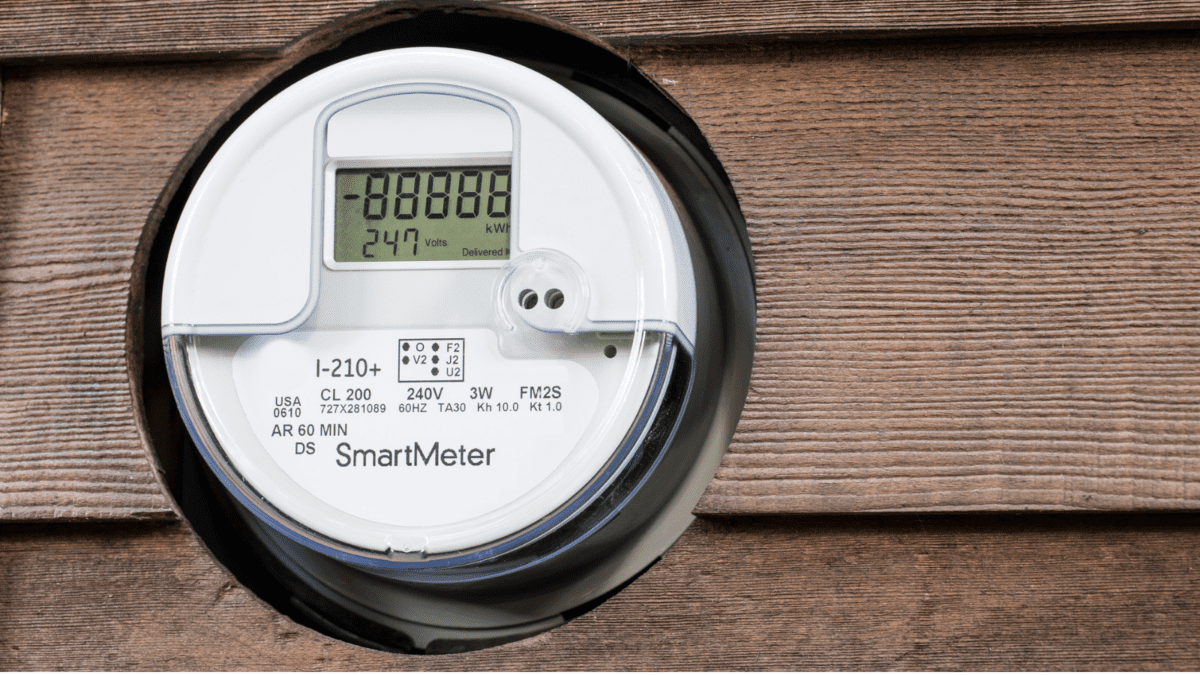Buy, hold or sell: REA below $100?
The REA Group Limited (ASX: REA) share price has slumped 37% in 2022 and now trades below its pre-pandemic levels. The company has been hit twice by the recent RBA interest rate increases. Listings have begun to fall as households bunker up. Meanwhile, the market has sold off growth companies as the risk-free rate returns to normalcy. With the REA share price approaching $100, investors are asking if now is the time to buy, hold, or sell?
REA is best known for its realestate.com.au advertising platform, the 7th most visited website in Australia. However, it’s a much bigger beast than just residential property listings. The company is best thought of in three distinct baskets:
- Core advertising platforms: realestate.com.au, realcommercial.com.au and flatmates.com.au
- Financial services and data analytics: Mortgage Choice, PropTrack, property.com.au, Simpology, Ignite, Realtair and 1form
- Overseas growth investments: PropertyGuru, Move Inc and REA India
Core advertising is the cash cow and accounts for 96% of earnings. Financial services and data contribute the other 4%. REA is the clear number one for property advertising, with 3 times as many visits as the nearest competitor Domain Holdings (ASX: DHG). At its Investor Day in May, REA said the advertising division can achieve double-digit revenue and earnings growth in the years ahead. But the market is yet to be convinced. It’s been an abnormally buoyant two years, with pandemic induced interest rate cuts putting a rocket under property prices. This is set to unwind with the market expecting a cash rate of 3.00% by year-end, hammering buyer and seller confidence.
However, reduced listings are not necessarily bad for REA. Listings have been falling since 2012 due to tighter lending standards and policy uncertainty. Nonetheless, the business has grown earnings by providing best in class advertising tools for agents. REA provides 80% of buyer leads, yet makes up just 50% of the total marketing budget. In a housing downturn, it’s likely agents shift spending to the best return on investment marketing channels. Furthermore, REA can offset volume declines with price rises. It recently passed through a 6% annual price increase, with management implying it will be higher going in future years. Add in the adoption of new depth products and it would take a mighty downturn to erase all growth.
When interest rates last increased in 2010 and 2011, earnings weren’t hit. However, bears will correctly point out that REA was much less mature and offset the anemic listing environment via increasing digital uptake. With 60% of Australians now visiting monthly, there is less of a growth runway today than a decade ago. It’s a more mature company, and therefore should be priced accordingly.
Given all the moving parts within REA, valuing the business is more art than science. The core and financial services/data divisions will produce around $400 million in earnings for FY22. At a share price of $100, this values REA on an earnings multiple of 33, almost bang on its long-term average of 32. This also doesn’t attribute any value to growth offshoots given all either break even or drag on earnings.
Should REA achieve 10% growth in core platforms, the business will trade on 25x earnings in 2025 with further upside from financial, data and international divisions. If the housing sector wasn’t about to come off, that would be great buying. However, a more prudent approach would be to enter incrementally. Just because the valuation has reached its historical average doesn’t mean the share price won’t keep falling. Near term turbulence is likely as the company cycles elevated prior-year earnings and negative property sentiment. But for long-term investors, REA below $100 offers compelling buying.
Information warning: The information in this article was published by The Rask Group Pty Ltd (ABN: 36 622 810 995) is limited to factual information or (at most) general financial advice only. That means, the information and advice does not take into account your objectives, financial situation or needs. It is not specific to you, your needs, goals or objectives. Because of that, you should consider if the advice is appropriate to you and your needs, before acting on the information. If you don’t know what your needs are, you should consult a trusted and licensed financial adviser who can provide you with personal financial product advice. In addition, you should obtain and read the product disclosure statement (PDS) before making a decision to acquire a financial product. Please read our Terms and Conditions and Financial Services Guide before using this website. The Rask Group Pty Ltd is a Corporate Authorised Representative (#1280930) of AFSL #383169










